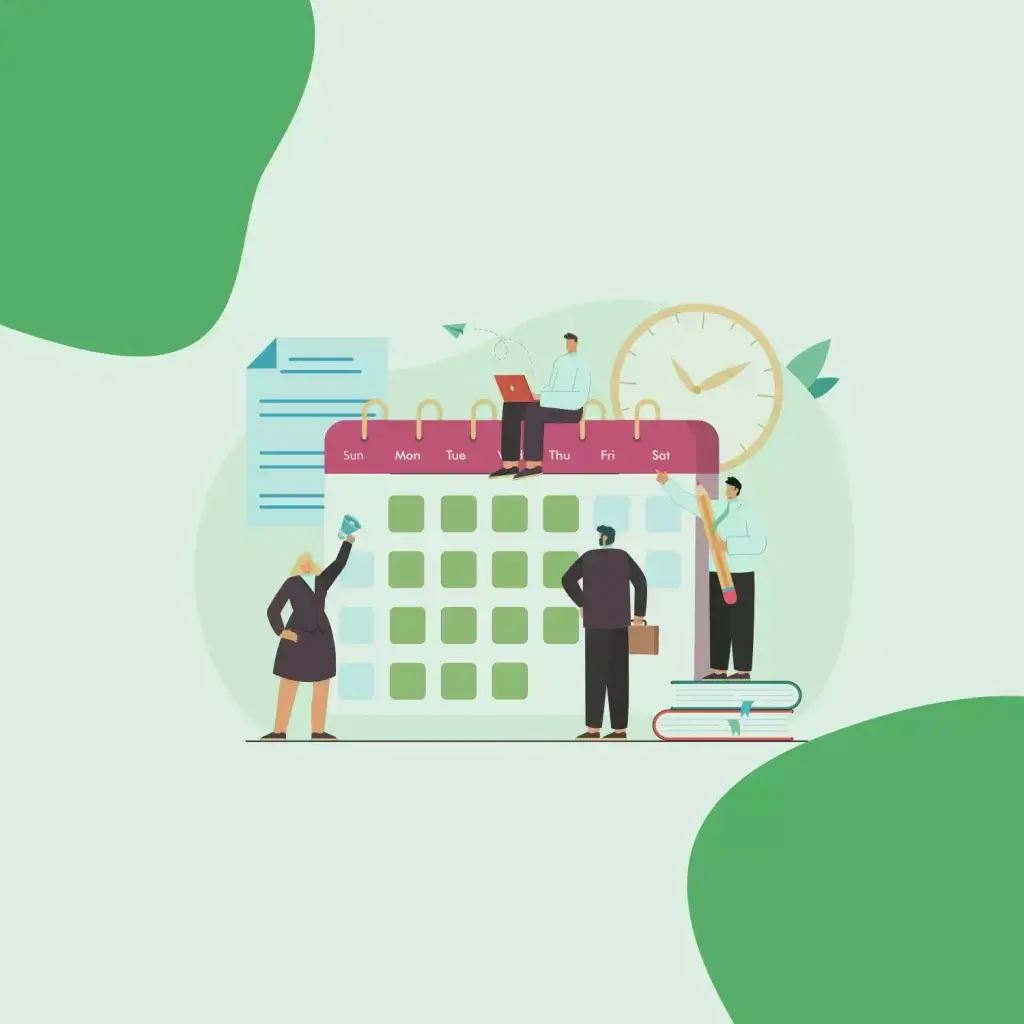Help your employees find Flow for greater productivity.
Pubblicato
4 ottobre, 2022
Have you ever lost track of time while working because you were very involved in what you were doing? Have you ever experienced a sense of fluidity between your body and your mind? Have you ever been completely absorbed in an activity? Time slows down, senses heighten, and nothing can catch your attention? If you answered yes to any of these questions, you too have been in a flow state.
The concept was coined in 1975 by the Hungarian-born psychologist Mihaly Csikszentmihalyi.
"In positive psychology, a flow state, also known colloquially as being in the zone, is the mental state in which a person performing some activity is completely immersed in a feeling of energized focus, full involvement, and enjoyment in the process of the activity. In essence, flow means being completely absorbed in what a person is doing, and the result is an alteration of our perception of time."
Csikszentmihalyi came to define the state of flow during his studies on happiness and creativity. The ability of the human being to reach flow has an impact on his productivity and well-being.
There are some indispensable conditions for a person to reach the flow state:
- Challenge–skill balance: To achieve flow, we must perceive an activity as doable. In other words, we must evaluate our skill level as high enough to successfully perform an activity. The relationship between skills and challenges has a key role in entering flow. If there is no balance, you would experience either anxiety (when challenges are overwhelming) or boredom (when challenges are too easy).
- Clear objectives: the objective of what we are working on must be clear. Clear goals help us to understand which actions to take to complete the assigned task.
- Concentration : to find flow, we must direct all our attention to what we are doing.
A key factor is motivation. There are two types of motivation: intrinsic and extrinsic. Intrinsic motivation refers to behavior that is driven by internal rewards because the individual likes performing a task. Extrinsic motivation instead is driven by external rewards, such as a monthly salary or a bonus at work.
Motivation is closely related to two elements:
- passion : fdoing something we love and getting pleasure and reward from doing it
- the meaning we give to things, what motivates us.
A research carried out by the consulting firm McKinsey on thousands of executives has identified that a high IQ (the IQ, intelligence) and EQ (the emotional quotient, which measures our emotional intelligence) are not enough to increase the probability of finding flow. The MQ (the meaning quotient), however, plays a fundamental role. The MQ is the meaning we give to the work we do.
If we do a job we like and give it a deep meaning, we will surely reach the Flow state more often and be more productive and happy.
We have seen what flow is and what are the conditions for reaching it. One of the main objectives of any manager is to help their team members perform at their best. So here are 4 tips to help your employees reach flow and increase the productivity of your team
- Try to reduce distractions. CTry not to schedule meetings or ask for updates on progress when your people are engaged in an activity. Give them the space they need to find flow and try not to interrupt their activities often. In addition, try to provide them with the flexibility to do their work in the environment where they believe they are most focused.
- Give them one task at a time.. It is difficult to enter Flow when you juggle multiple activities at a time, jumping from one project to another. Flow requires you to be focused on what you are doing. You can help your team members reach flow by allowing them to organize and prioritize activities as they wish and enough time to do them. Managers who set realistic deadlines and assign reasonable workloads to their employees will help them be more productive.
- Set clear and defined goals.. Being productive is easier when you know your goal and the activities to do to achieve it. Vague tasks seem to have little priority, and people will tend to procrastinate. Having clear goals will help your people stay focused and complete the job faster.
- Balanced Challenges. It is essential to assign challenging tasks to your team, but there needs to be a balance between the challenge and their skills. Receiving a too complex task can generate anxiety and stress, while a too easy task could be monotonous and not very motivating. Understanding the abilities of your team members and challenging them to improve will increase their motivation. Talk to them and find the right balance between the tasks you need to assign and their skills.
Plan 1
Light Pulse
The fastest and easiest way to connect with your people, gather data, and take real action.
Trova la soluzione migliore per la tua organizzazione
Con il piano Analisi di clima di Beaconforce promuovi la business agility nella tua organizzazione attraverso la tecnologia e i dati.
Beaconforce è l’unico strumento presente sul mercato con reali capacità predittive alimentate da algoritmi di Machine Learning che aiutano le organizzazioni ad incrementare drasticamente la loro agilità.
Articoli e news

